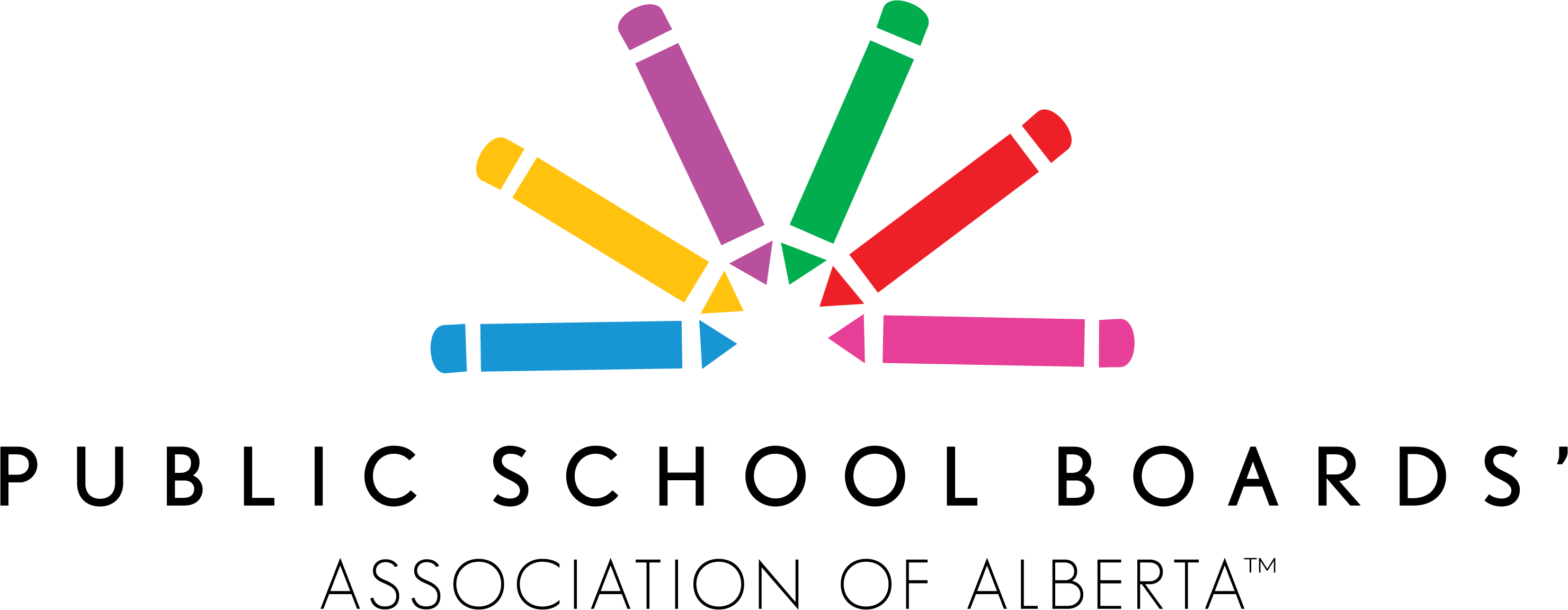May 15, 2020
“Back to school”: what will “the new normal” look like?
This week marks a cautious “phase one re-launch” of some aspects of the Alberta economy, including retailers, barber shops, restaurants and museums. We all know the road back to a “new normal” will be long and careful, but it’s reasonable to ask the question: what could a re-launch look like for K-12 students in Alberta? When can they actually return to the classroom, and under what circumstances?
The Alberta government is consulting with education stakeholders on three possible scenarios for “phase two” of re-entry. In scenario one, schools would be open and operating under normal conditions as much as possible. In scenario two, schools would be generally open but with some health restrictions in place. In scenario three, schools would not be open and teacher-directed, and at-home learning would continue – as it is right now.
Like all education stakeholders, locally-elected school board trustees are discussing and planning for each possible scenario. Of course, re-entry plans are entirely predicated on the direction of Alberta’s Chief Medical Officer of Health.
There are many facets of re-entry that school board trustees must consider. If only elementary school children return to the classroom, how many children should be allowed per classroom? How many hours a day could students attend classes, and still comply with the latest public health guidance?
What about student transportation? If buses are to transport half as many students to create more space between students – given that true physical distancing will be all but impossible – will school boards need twice as many buses and drivers at twice the cost? Will buses need to be outfitted with special plexiglass partitions, and how can operators still ensure student safety?
Let’s consider playgrounds, gym classes and other physical activity. What about play centres in kindergarten when five-year-olds don’t understand physical distancing?
How do we evaluate student progress at home over the past few months? Would it be beneficial to recall students early from summer vacation, to give them a few weeks of review to make sure everyone’s progressed at the same level before beginning a new year of curriculum? Is an early start to the new school year even a possibility, considering existing teacher contracts? And what about educational assistants and non-certificated staff?
If junior high and/or high school students are able to return to classrooms, what are the implications for electives like band, theatre arts, industrial arts and home economics classes? How can schools plan the use of lockers and hallways, lunchrooms and washrooms to ensure physical distancing? And what of personal protective equipment, such as masks and gloves? These items, at the very least, will most certainly be required, as well as much more frequent hand-washing.
Whatever is decided, re-entry will undoubtedly be a slow, phased approach – and it must be. As challenging as the pandemic era is, it would be worse to recall students, then have to send them back home again because we went too quickly and infection rates spiked again. I commend the Alberta government for consulting with many stakeholders on what re-entry to our K-12 schools could look like. We appreciate all the stakeholders involved, who understand how important it is to get this right – from trustees, administration staff, teachers and classroom supports to parents, students, families and numerous stakeholder associations. We need to hear from all of them, and it’s vital that we all work together in the shared goal of safe re-entry.
There is no doubt that all of the health protection measures taken to date as well as those which will come in the future, and all the work done to keep everyone in our school communities safe, will come with a significant financial cost. This cost comes at a time when the provincial budget – and school board budgets – are more constrained than ever before. Yet all of these considerations don’t begin to address the most significant questions that revolve around our children’s social development and mental health.
We used to teach our kids about stranger danger, and about not talking to strangers. Now we’re teaching our kids – from elementary school onward – about dangers of getting too close to anyone else, period. As human beings, we are hard-wired to be social. How do children learn how to be a friend, and how to have safe, healthy relationships? Kids are missing extended family, friends and – in many cases – support networks. How do we unwind the potential trauma of all that physical and emotional separation in a couple of years? Can we ever entirely “fix” that?
One of the most wonderful aspects of our public schools is the welcoming, caring and inclusive nature of our public schools. We accept every child with open arms, no matter their background, ability or beliefs. How do we still convey the warmth and acceptance that is in our hearts? People talk about this pandemic creating a “new normal,” but do we ever want to “normalize” having to be so distant as a society, and in our community? Will our young children grow up in fear of ever being able to be out in public? These are but some of the considerations our educators, parents and communities will have to come to grips with in the months and years to come.
As daunting as this time may feel, I remain hopeful and optimistic. That’s because I wholeheartedly believe in the resourcefulness and dedication of all those who work so hard every day to provide for the education of our K-12 students. Our trustees, teachers and educators, school jurisdictions and systems, parents, students, families and communities will all have to work together to find the answers. And we will, because we all agree on this one principle: we must always put our children first, in everything we do.
